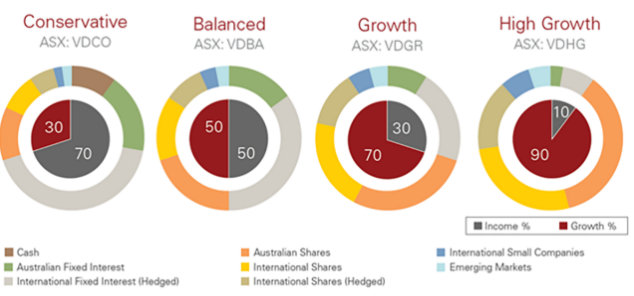
Managing investment, especially in the long term, involves planning to develop a good portfolio. Total portfolio management is essential to a portfolio investor because it helps manage risks that flood the market at one time while aiming at high returns in the long run. Below now are some valuable tips for achieving sustainable growth:
Define Clear Investment Goals
Setting specific objectives is a significant principle of investment management, adequately referred to as portfolio management. Understand your desired outcome, whether it be money to invest, saving for retirement, or saving for a significant purchase. This will help you define your goals and make the right decisions to see your portfolio match your dreams.
Diversify to Minimize Risk

Portfolio management cannot be done without diversification. No single form of investment is affected when others are experiencing a downturn because investments are diversified across forms such as stocks, bonds, real estate, mutual funds, etc. This way, you are covered against high risk while simultaneously expanding your chances of profits gradually with constant increase.
Rebalance Regularly
However, this is usually not the case, and over the years, market conditions push and pull your money to take positions in securities that change the structure of your portfolio. This helps you maintain a good balance of assets that can help you achieve your expected goals and take on risks. This way, one keeps a reliable approach as the investments are reviewed and adjusted regularly, providing a long-term growth plan.
Focus on Quality Investments

When determining what you want to achieve through your portfolio, it is essential to consider quality instead of quantity of assets. Invest in research and identify companies with good fundamentals and track records of good performance and sustained growth. Do not fall for fads or immediately profitable securities; you will unnecessarily endanger your portfolio.
Maintain a Long-Term Perspective
Portfolio management, therefore, calls for a long-term approach and a lot of patience. It's easier said than done, but do not make hasty decisions based on short-term random fluctuations. Please stick to your investment plans and give your portfolio the time required to perform. This helps reduce instincts that usually cause people to get carried away by emotions and thus increases your chances of success.
Monitor Economic and Market Trends
Monitoring economic conditions and market fluctuations is an essential component of portfolio management. It's one thing not to panic over minor fluctuations in the short term, but understanding long-term trends can prevent rash decisions. Apply this to the market to see where the strengths are and where a change needs to be made to make the most of a situation.
Conclusion
Portfolio management for long-term growth should involve the best goal-setting and diversification with constant reviews and checks. This means that regardless of the state of the market and the volatility that comes with it, you can plan for and create sustainable success by identifying quality investments, thereby developing a disciplined perspective when investing. Being informed and active lets the portfolio be optimized for altering circumstances or remaining consistent with your goals. You may achieve success in the future and effectively manage your portfolios if, by all means, you invest your time and efforts.

Green Energy Investments: A Guide to Renewable Profits

How Should Retired Investors Respond to a Volatile Market

Financial Preparedness for a Gig Economy World

Overseas Returnees' Financial Reset: Seizing Cross - Border Allocation Windows

Financial Mindfulness: How Behavioral Finance is Changing Young Adult Spending

Comparing Altcoins and Bitcoin: Creating a Diversified Crypto Portfolio

e-CNY: Beyond Payments, Reshaping Wealth
